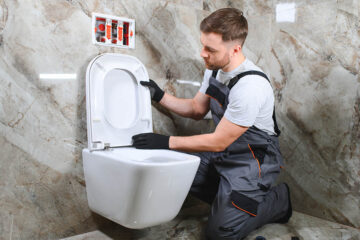Wall-hung toilets have become a must-have in modern bathrooms thanks to their sleek design and comfort. They’re also growing in popularity in more traditional setting, as they save space and create the illusion of a larger room.
Many assume that installing a wall-hung toilet requires a load-bearing wall for support. However, did you know that it is possible to fix a wall-hung toilet on plasterboard or almost any type of lightweight partition wall? In this article, we’ll guide you through the process.
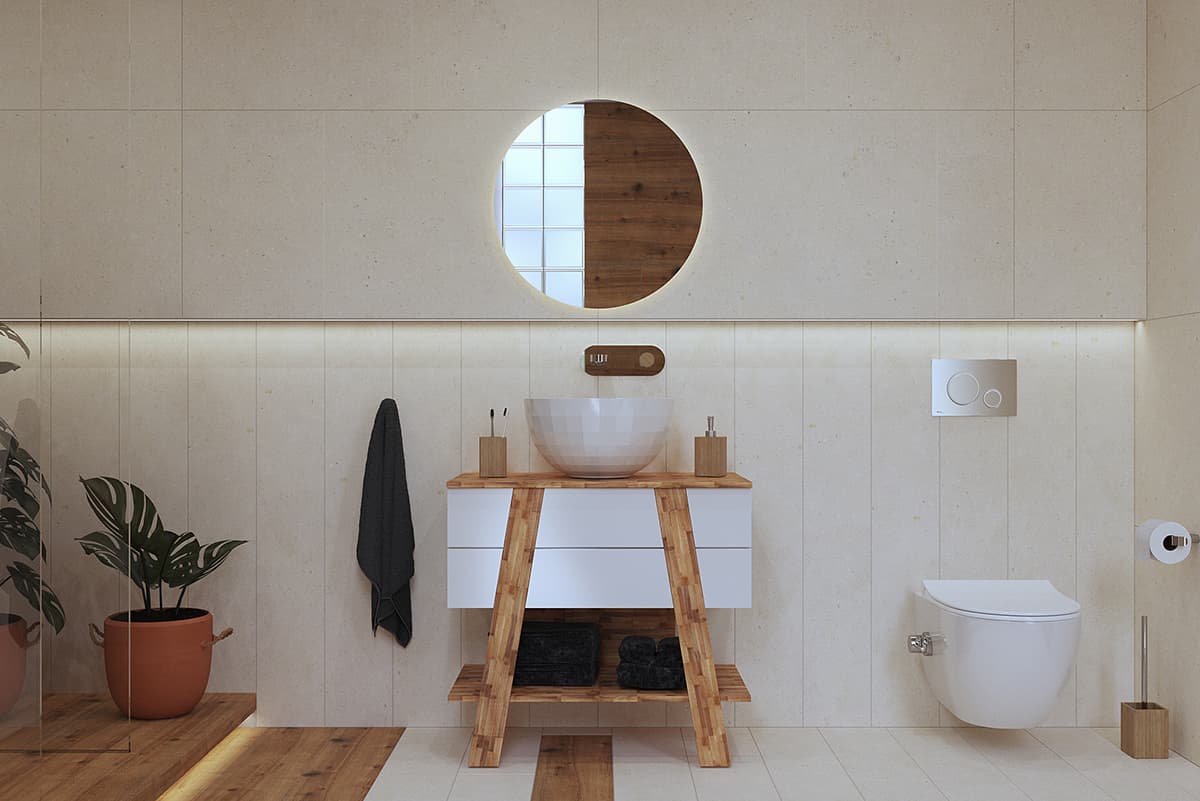
Discover our budget-friendly support frames
Opt for a freestanding, floor-mounted support frame
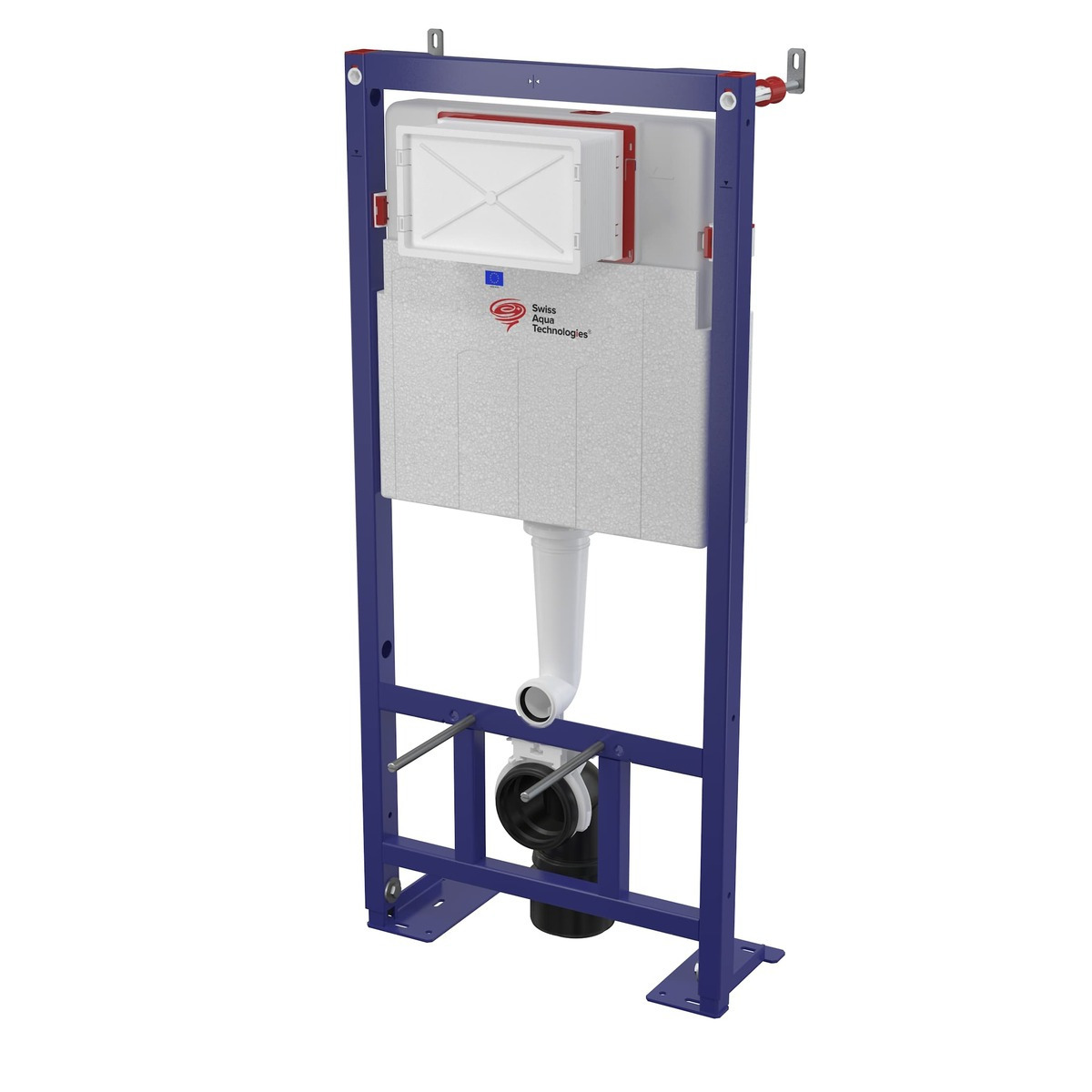
The freestanding support frame is a popular choice because it can be adapted to almost any space. Whether your bathroom has configured, whether you have a load-bearing wall or a drywall, this type of support frame is ideal. The frame is fixed directly to the floor by means of large metal feet.
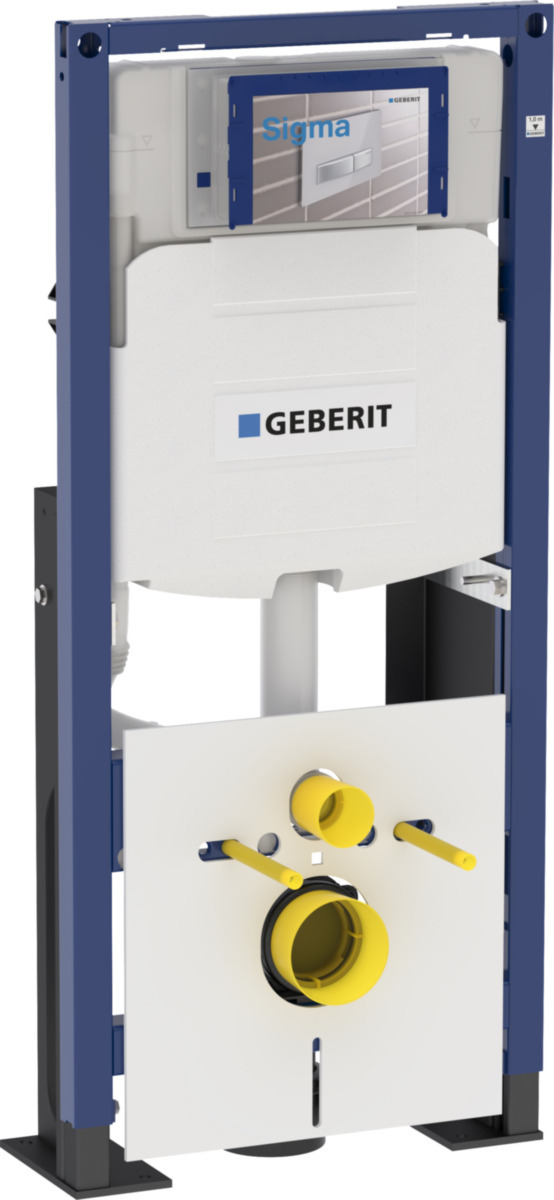
In most cases, freestanding support frames come with wall fixings, thought these are not necessary. If the floor is strong enough, floor fixing is more than sufficient to support the toilet. For lightweight walls like BA13, this is the best option to guarantee the solidity of the fixing. In addition, there is no risk of damaging the wall.
How to install a wall-mounted support frame to a light wall
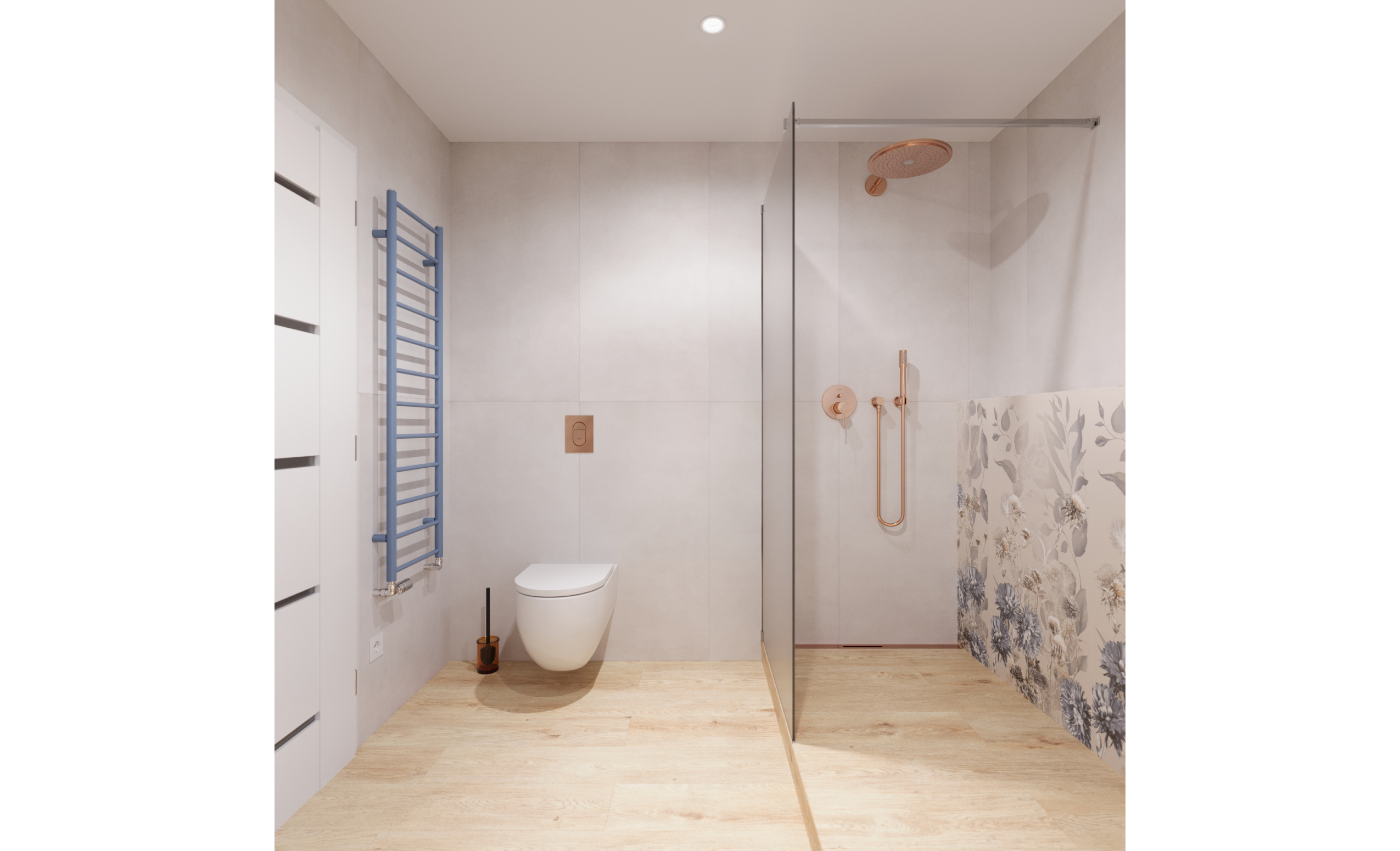
Reinforcing the plasterboard wall with a wooden plate
Reinforced mounting thanks to a wooden plate
The wall-mounted support frame is the most traditional model. It does not have reinforced feet for securing to the floor, so it is usually installed on a load-bearing wall, such as a concrete or brick wall.
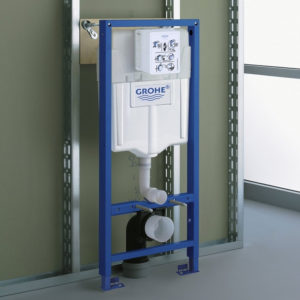
However, it is also possible to install this type of support frame on lightweight partition walls, like plasterboard or BA13. To do this, simply attach a wooden plate directly to the studs of the BA13 wall to reinforce it at the wall fixings. The support frame can then be fixed to the plasterboard wall without any problems.
See all our toilet packs self-supporting frame
Building a metal structure
Reinforced installation thanks to a metal structure
It is also possible to add a metal drywall structure to the non-freestanding support frame.The support frame is then screwed directly onto the metal rails and does not require reinforced feet to be installed securely. This is another option for installing your wall-hung toilet on plasterboard.
To reinforce a plasterboard wall with a metal frame, proceed as follows:
Firstly, you need to install top and bottom rails as well as vertical rails.
- Place horizontal rails on the ceiling and on the floor.
- Rails will then be attached to the ends from right to left. These rails will replace the studs.
- The rails are fixed with rivets or crimping pliers. It is also possible to fix them to the wall for better adhesion.
- Glue two rails back to back and place them vertically on the wall every 60 cm. Continue in this way along the entire wall.
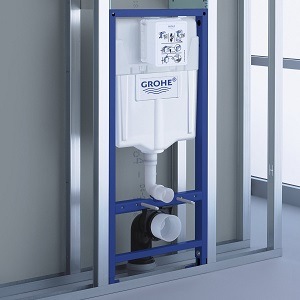
Now you need to fix the horizontal studs and put the insulation in place. After installing the vertical rails, you have several compartments. The aim in this step is to insert horizontal studs between the rails.
- In the first compartment, a horizontal post will be fixed at 30 cm from the floor, and then another one every 60 cm to the ceiling.
- For the 2nd compartment, the first stud will be installed at 60 cm from the floor and another one every 60 cm.
- Repeat the same operations as in the first and second compartments, alternating them over the entire wall.
As in the first step, the uprights and rails are fixed with rivets or crimping pliers. At the end, all you have to do is install the insulation between the rails and the studs.
Interested in a toilet makeover? Check out our article on common toilet toilet flush probems and how to fix them.
